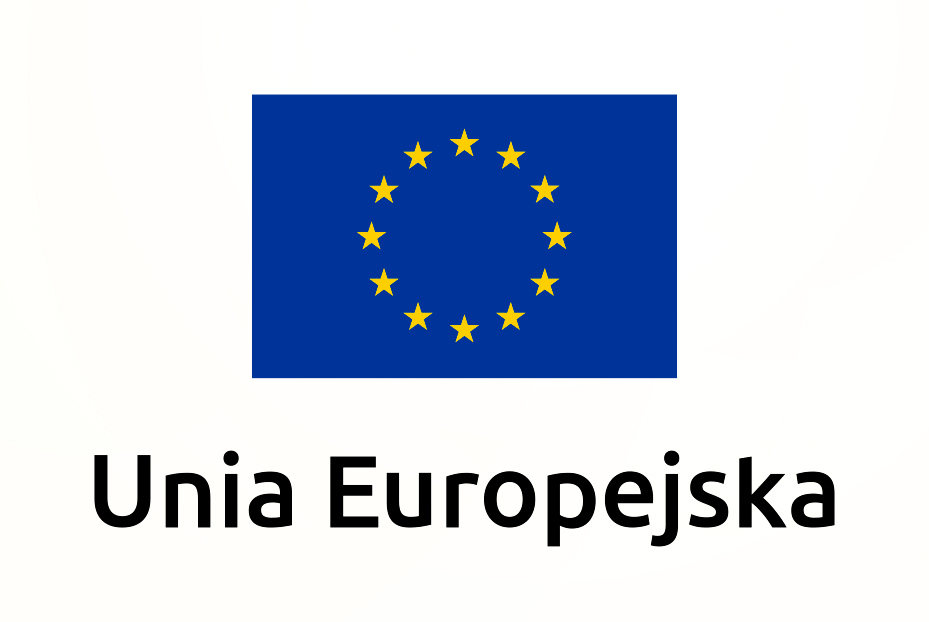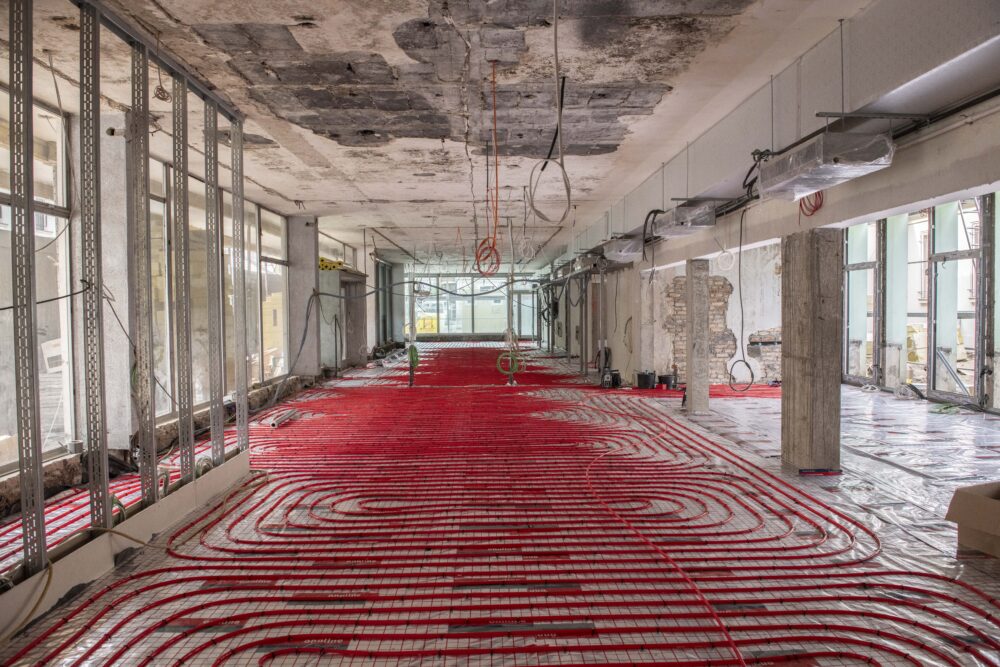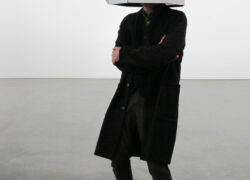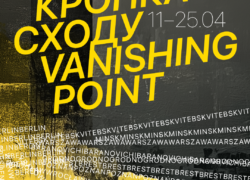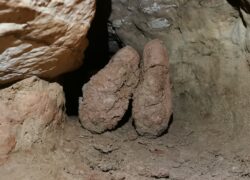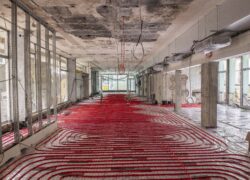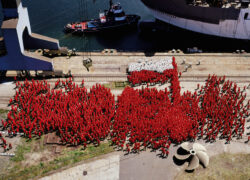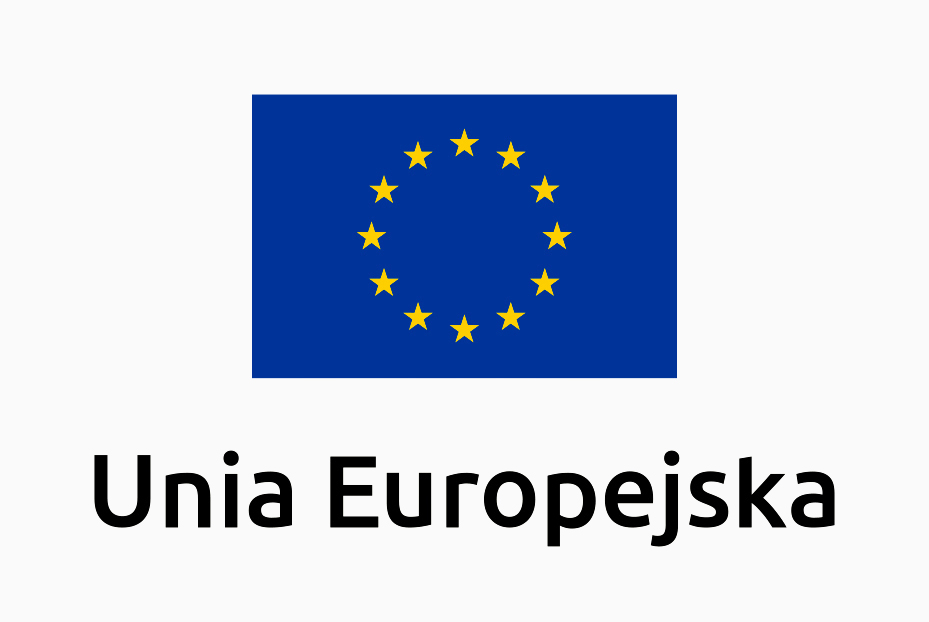Introspection is a multichannel media installation that constructs an immersive spatial and temporal landscape among the walls of the Arsenal Municipal Gallery in Poznań. Images appearing on gallery walls convey a non-linear narrative about the architecture of the changing building. Here, time and space form an unfettered confluence of unique configurations, freely converging sequences of events and different scales and points of view. The interior of the building serves as a screen onto which our ideas about the wide range of its potential incarnations are projected.
The artist was present during the entire process of the gallery’s architectural transformation. Sadowski documented the emptied out interiors as they were prepared for remodeling, recorded the dramatic process of their refurbishment, and finally photographed the successive stages of the emergence of the new form. Known for his minimalist, austere designs, the celebrated Swiss architect Peter Zumthor wrote: “Architecture has its own area of existence. It remains in a uniquely corporeal relationship with life. As I see it, it is fundamentally neither a message nor a sign, but a setting and background for transient life, a sensitive vessel for the rhythm of footsteps on the floor, for concentration at work, for the silence of sleep.” (Zumthor, 2010: 12) Sadowski’s photographs depict architecture not only as a living organism, but also as what Zumthor describes as a sensitive vessel in which the traces of transient life are reflected. The artist portrays architecture as a structure that undergoes constant transformations: the building not only provides a background and setting for the passing of time, but also is an active element of what happens within it.
The word introspection means to go deep, beneath the surface, “to look inward.” The term is primarily associated with a psychological technique involving the subjective examination of self-awareness through internal observation and analysis of one’s own mental states. In an essay entitled Architectural Dyslexia, Ben van Berkel and Caroline Bos write that even though the reproduction of subjective cognition in architecture is questionable, it is quite difficult to do away with it entirely. (van Berkel, Bos, 2000: 16) Sadowski’s photographic introspections offer a way to, inexplicably, combine the analytical and the emotional in architecture. This process is further aided by the soundscape created for this installation by the musician Wojciech Grabek.
Sadowski’s visuals depict the changing spaces that, in the process of redevelopment, reveal their inner structures. We are able to penetrate deep inside, below the floorboards and inside the walls, we see what is most hidden and intimate, we enter the subconscious areas of the building. We can observe how it is ripped, punched and skinned until its skeleton is exposed and then witness the building grow new muscles and veins, taking on a brand-new body. In this way, we can find out what it really is.
Sadowski’s images explore the interplay of light and shadow, the rhythms and materiality of rough and smooth surfaces, and the structures of cables and pipes, in such a way that they resemble the installations and sculptures that have been and will be shown in the gallery in the future. An extremely significant feature of this narrative is the performative gesture of Jarosław Kozłowski, who created drawings on the exposed bricks within the exhibition spaces. The artist inscribed a subcutaneous code into the flesh of the building, which thus became the new genius loci of the space. His discreet intervention, currently obstructed by the new walls, took place in the presence of the photographer and no one else.
Introspection is the conclusion of a long-term project, in which Sadowski attempted not only to document, but also analyse and perhaps provoke transformations taking place in a space that had once been an art gallery, then ceased to be one, and eventually had come into being anew. It is a reflection on the purpose and meaning of a specific location within physical space, time, and imagination. Art historian Kamil Kopania noted that Sadowski “constructs his works in a way that encourages the creation of their continuation, the overwriting of meanings and contexts.” (Kopania, https://artinfo.pl/wydarzenia/jerzy-sadowski-obiekty-wybrane) When it comes to Sadowski’s project carried out at the Arsenal Municipal Gallery, the continuation will be provided not only by our visitors’ imagination, but also whatever may happen in the future.
Marek Wasilewski
